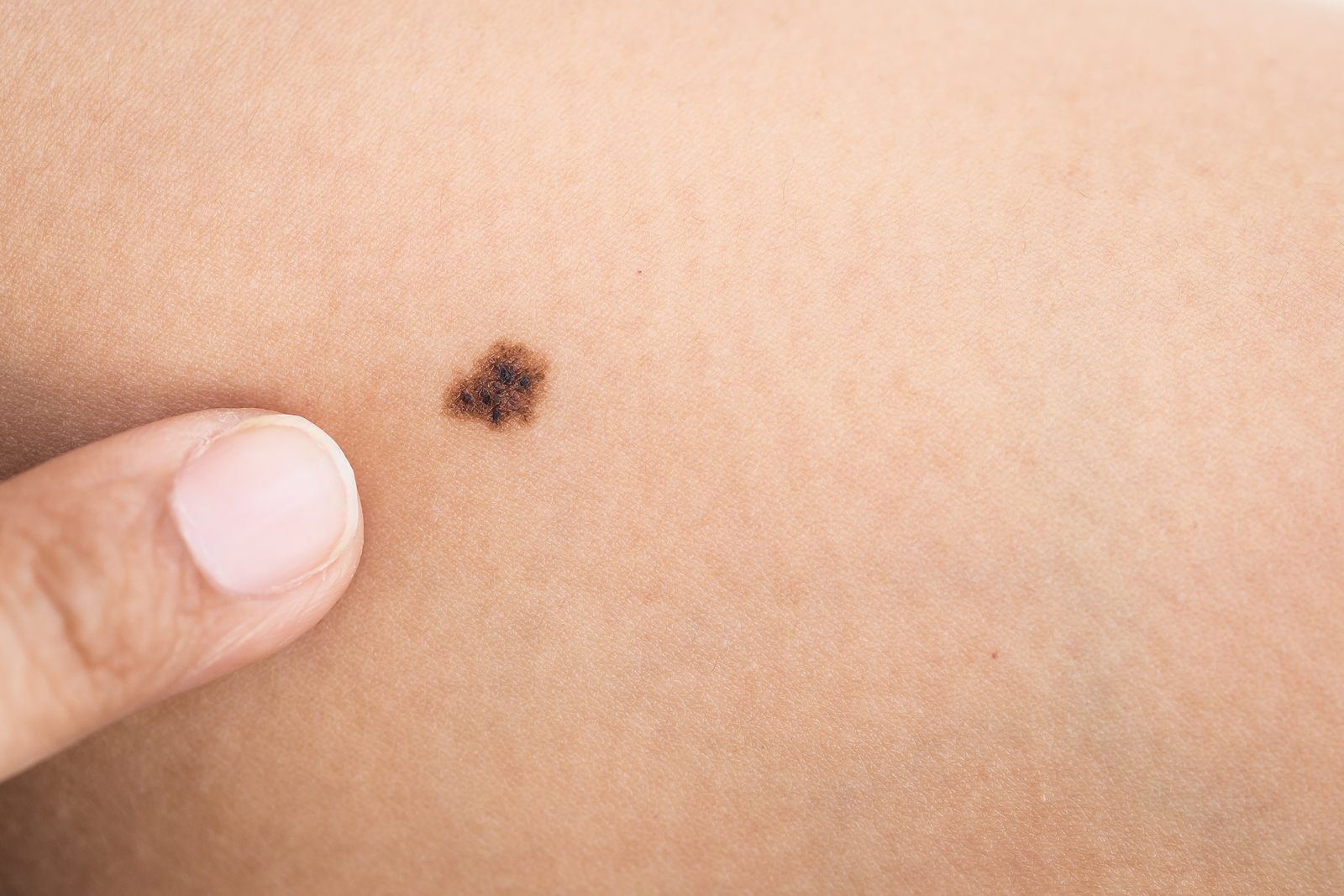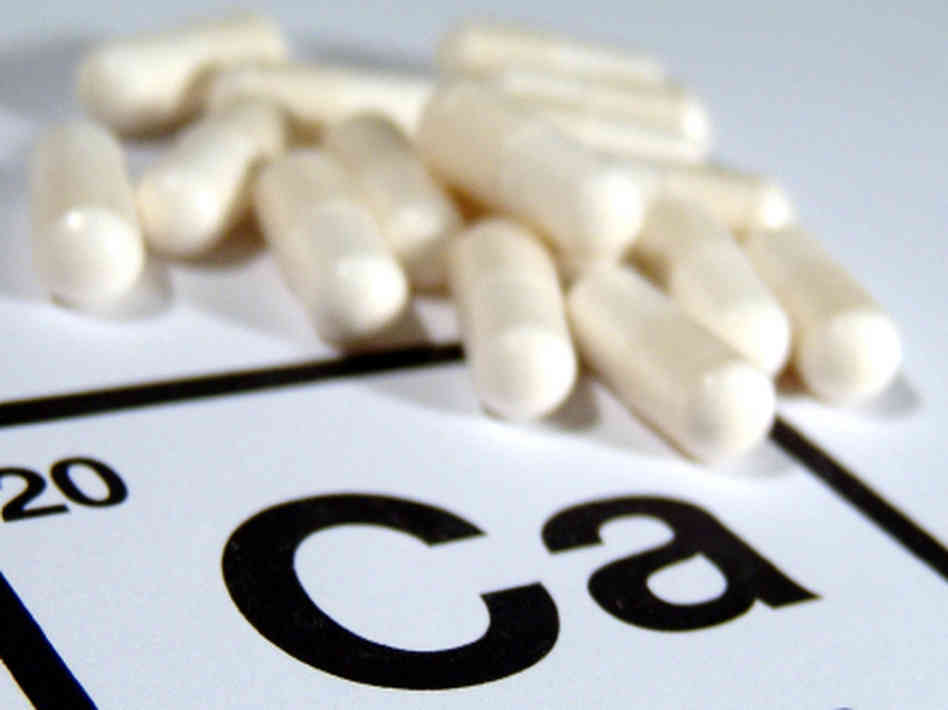We all have them, but there’s a lot we don’t know!
Skin moles are fairly common–in fact, most people in the world have moles of some sort. However, it’s estimated that 1 out of every 10 people have atypical or unusual moles. These skin moles may be benign, or they may be cancerous. Here are a few things to know about skin moles.
- There are usually more than one — It’s estimated that the average person has anywhere from 10 to 40 moles by the time they reach adulthood. These skin tags are rarely linked to skin cancer, but they are fairly numerous and show up all over the body.
- They develop early –– The majority of skin moles show up during early childhood, and will usually be fully developed by the time you reach your 30s. The number of moles that develop after the age of 30 is VERY low.
- They come in all shapes and sizes — While the average mole is a sort of coffee brown, they can sometimes be very dark brown or even black. They may show up alone on your skin, or they can form in groups. They can be as small as a pinprick or big enough to cover significant areas of your skin.
- They’re caused by skin pigment –– Your skin gets its color from the melanocytes, basically cells that contain pigment. When these cells cluster together, they form a dark patch. These dark patches of clustered melanocytes are called moles.
- The more sun you get, the darker they become –– Your skin is designed to produce more pigment as you are exposed to more and more sunlight. Moles are concentrated pigment-producing cells, so exposure to the sun will lead to a darkening of your moles.

READ MORE: 10 Skin Healing Foods
- There are two types of serious moles –– While the average mole isn’t a problem, there are two types of moles that can lead to serious problems. First, there is the dysplastic mole, a larger-than-average, irregularly-shaped mole of uneven coloring. These moles are more likely to turn to melanoma. Then there is the congenital moles, smaller moles that appear at birth. They occur in roughly 1% of the population, and they are the moles MOST likely to develop into skin cancer.
- Changes are a bad thing –– Your moles should NOT change. If there are changes in the coloration, size, height, or shape, it’s a sign that something could be very wrong. It’s vital that you get to a dermatologist and get your mole checked out if there are any changes. If you notice pain in your moles, it’s another sign that there is something wrong.
- More is not merrier –– It’s estimated that the average adult has anywhere from 10 to 40 moles. People with more than 50 moles present are at a higher risk for developing skin cancer. It’s a good idea to count your moles just to be sure!
- Learn your ABCs –– It’s actually “ABCDE”, which stands for Asymmetry, Borders (irregular borders), Color (that is uneven), Diameter (larger than 6 mm), and Evolving. The average mole is small, nicely-rounded, consistently colored, and doesn’t change. If your moles match the ABCDE, it’s a sign they could be cancerous.
- Where are the moles? — The most common location for melanoma in men is in the chest and back. For women, it’s in the lower legs. If you have a high concentration of moles in these areas, it’s a sign that you need to be VERY careful and protect your body against skin cancer!








